THE DIVERSE ENVIRONMENTALISMS RESEARCH TEAM
With several IU colleagues and other colleagues around the world, I am participating in a collaborative project centered on performing diverse environmentalisms. This began as a conversation at a faculty retreat (with me, Rebecca Dirksen, and Sue Tuohy), evolved into a symposium in Bloomington, and resulted in the publication of our edited volume, Performing Environmentalisms: Expressive Culture and Ecological Change (University of Illinois Press, 2021) edited by me, Katey Borland, Rebecca Dirksen, and Sue Tuohy, and containing my chapter, “Ecoperformativity: Expressive Culture as Spiritual, Pedagogical, and Activist Resource.”
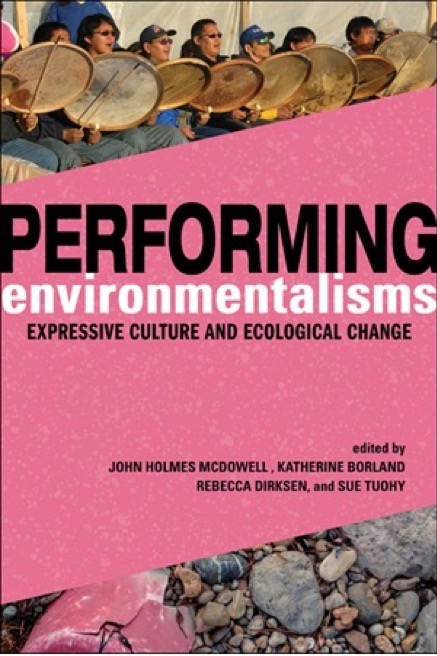
DERT’s first public venture was the March 2017 symposium, “Performing Diverse Environmentalisms Expressive Culture at the Crux of Ecological Change,” a two-day gathering of scholars and activists. Here is a link to the program for this symposium: DERT symposium program
Here is a photo of the lively crew assembled in Bloomington for our DERT symposium:
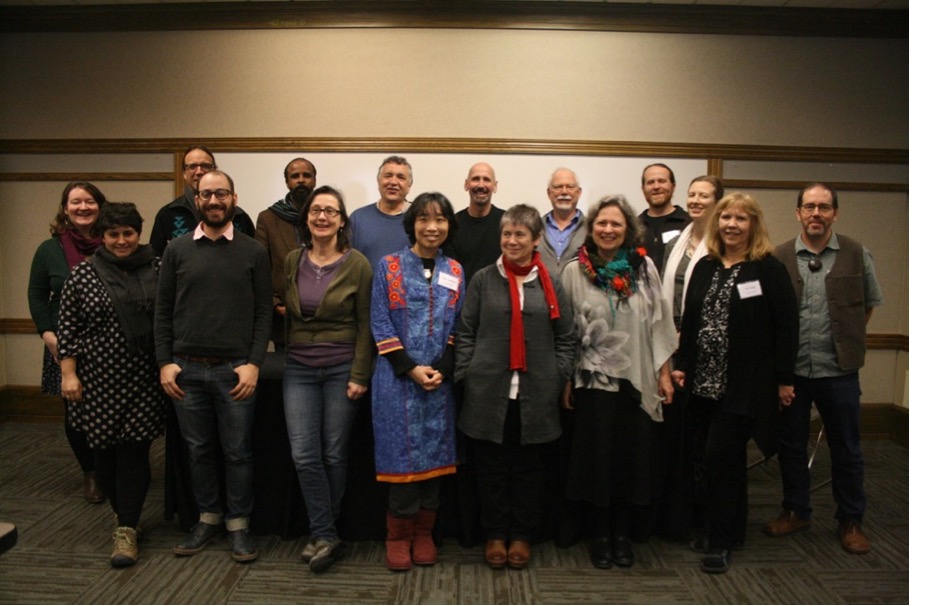
Panelists at the 2017 DERT symposium
*****
Since the publication of the 2021 edited volume, DERT has remained active, sponsoring panels and fora at academic conferences and pursuing themes such as the rights of nature and ecological imaginaries. I have stayed active in these arenas; here are the synopses for some of my recent presentations at annual meetings of the American Folklore Society:
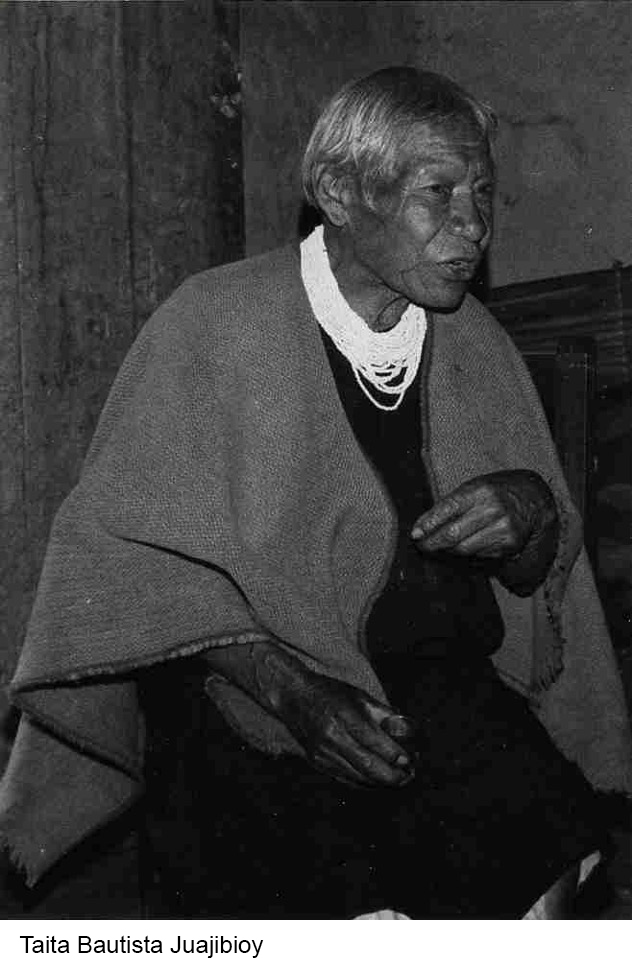
2018, “Animal Agency in Sibundoy Ecospirituality” (American Folklore Society)
I revisit my work with the Inga and Kamënstá peoples of Colombia’s Sibundoy Valley to inspect animal agency in Sibundoy thought so that we may assess the value but also the limitations of perspectivism, a trend in current scholarship that seeks to skirt the perils of species-centrism. These indigenous communities render in their mythic narratives a cosmology populated by active animal spirits, and these nonhuman actors play a critical role in the process of Sibundoy ethnogenesis. Hence, I intend this talk as a case study in perspectivism, and I focus on the presence of animal others in Sibundoy ecopedagogy as conveyed in mythic narratives, where they feature as active interlocutors, indeed, as benefactors to humans in many instances. Sibundoy cosmology offers ample evidence of core perspectivist and relativist postulates wherein humans and nonhuman animals are conjoined in a single experiential frame.
But Sibundoy mythology presents as well an account of species, and even ethnic, differentiation, and this feature also demands our attention. Of special interest is a moment in Sibundoy cosmic time when animal others are assigned their familiar habits and voices and when a boundary is drawn between humans and nonhumans. Moreover, a set of mythic narratives replays acts of exclusion, wherein animal suitors are denied entrance to human families, in spite of the benefits they bring to the table. This set of narratives depicts creatures that dissemble as humans but retain features of their nonhuman animal natures. Still, in spite of these boundary-making episodes, the spirits of nonhuman beings remain accessible and influential in Inga and Kamënstá medicinal practices as they are contacted through visionary avenues of experience.
Sibundoy mythology centers on managing intersubjectivities between the human and the nonhuman and does so through an evolutionary progression from a state of intimacy and inclusivity to one of separation and differentiation. The lessons to be gained from this excursion into Sibundoy mythology, I will argue, are two. First, even as we embrace the insights of perspectivism, we need to examine perspectivist systems with an eye for limiting and contrapuntal tendencies. And second, we need to recognize that native and indigenous cosmologies, much like the worldviews of Western peoples, have the capacity to establish social hierarchies with species-centric and even ethnocentric attributes. To enable this case study in perspectivism to speak eloquently in the voices of those who sustain these beliefs, I will ground the discussion in ample samples of mythic narrative discourse gathered from storytellers in the two indigenous communities of Colombia’s Sibundoy Valley.
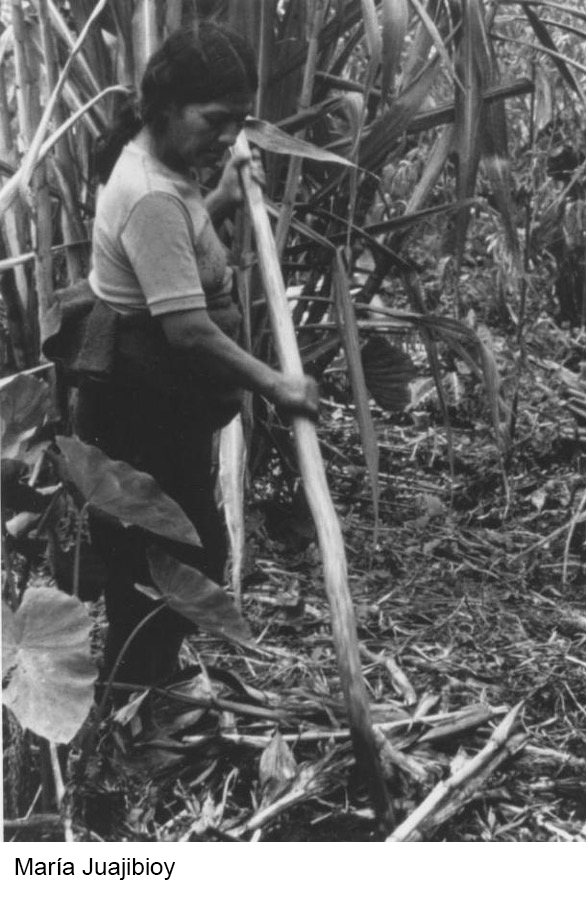
2019, “Ecosovereignty” (American Folklore Society)
The ecological turn that is currently ascendant in our fields derives in large part from immersion in the mythologies, cosmologies, and rituals of local communities and tribal peoples with a longstanding relationship to particular territories or locations. In this presentation I interrogate essential premises in perspectivism, a term I will use to designate a body of work associated with Eduardo Viveiros de Castro, Philippe Descola, and several others, which at its core holds that all living creatures have an integral subjectivity. Viveiros de Castro, the Brazilian anthropologist, argues that “the world is inhabited by different sorts of subjects or persons, human and non-human, which apprehend reality from distinct points of view.” Bruce Albert, French anthropologist, argues that the “forest is a theater of subtle sociability” where “natural beings do not appear as mere objects of the food quest but as legitimate social partners.” Michael Uzendoski and Edith Calapucha-Tapuy (2012) explore, in reference to lowland Ecuador, the “perspectivist idea that all living things possess hidden subjectivities and energies, and human survival depends on being able to interact and communicate with these.” Astrid Ulloa, Colombian anthropologist, holds that “ecological natives,” as she names them, retain a connection to this spiritual substratum, a domain that modern societies can no longer access. And finally, Arturo Escobar, Colombian-American anthropologist, proposed in 2016 the following quest: “We are in dire need of a New Story that might enable us to reunite the sacred and the universe, the human and the non-human. The wisdom tradition, including those of indigenous peoples, are a partial guide towards this goal of re-embedding ourselves within the Earth.”
This variegated intellectual thread has become quite influential over the last decade, and rightly so, as it draws on ethnographic research among indigenous peoples and locally rooted societies of South America to challenge familiar modes of thought and formulate a paradigm shift orienting social science inquiry to serious engagement with these tropical forest sensibilities. This thread has impacted my own research into Andean patterns of traditional artistic performance, resulting in the formulation of ecoperformativity, which highlights the ways that people make use of traditional expressive resources to defend their natural environments, and ecosovereignty, an assertion of local curation of natural resources in accordance with traditional knowledge and practice.
But I will transition to propose that we might need to curb our enthusiasm as we pursue this thread lest we fall into familiar tendencies to assimilate native peoples to scholarly priorities, and in the process deprive them of their full human agency. The particular hesitation I will introduce lies within a mythology that I have documented and scrutinized over the years, the mythic narrative traditions of Colombia’s Sibundoy Valley in the Upper Putumayo. This mythology, as I will show, carries ample markings of perspectivism, but it also enshrines a set of categorical distinctions between living kinds. My position is this: that even as we do justice to this remarkable feature of local ecologies, we must recognize that these societies are capable of sustaining cosmologies featuring rupture, differentiation, and boundary-marking in ways that define the human in contradistinction to the other-than-human in certain contexts. Lest we inadvertently perpetuate the sad history of colonialist ethnocentrism, we must accept that species-centrism, and ethnocentrism as well, are not the exclusive prerogatives of modern, Western societies.
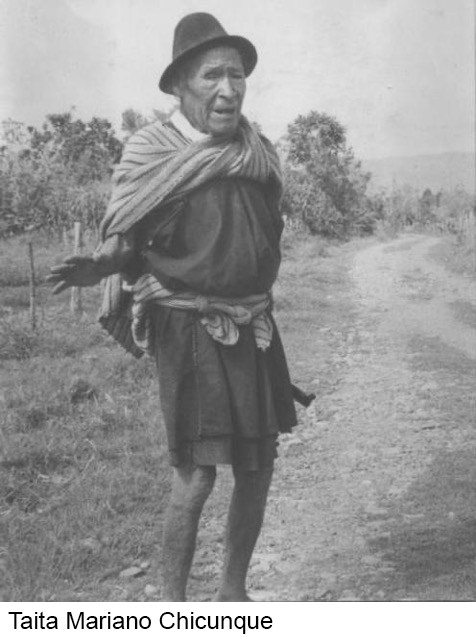
2020, “Interrogating Perspectivism” (American Folklore Society)
The ecological turn that is currently ascendant in our fields derives in large part from immersion in the mythologies, cosmologies, and rituals of local communities and tribal peoples with a longstanding relationship to particular territories or locations. In this presentation I interrogate essential premises in perspectivism, a term I will use to designate a body of work associated with Eduardo Viveiros de Castro, Philippe Descola, and several others, which at its core holds that all living creatures have an integral subjectivity. Viveiros de Castro, the Brazilian anthropologist, argues that “the world is inhabited by different sorts of subjects or persons, human and non-human, which apprehend reality from distinct points of view.” Bruce Albert, French anthropologist, argues that the “forest is a theater of subtle sociability” where “natural beings do not appear as mere objects of the food quest but as legitimate social partners.” Michael Uzendoski and Edith Calapucha-Tapuy (2012) explore, in reference to lowland Ecuador, the “perspectivist idea that all living things possess hidden subjectivities and energies, and human survival depends on being able to interact and communicate with these.” Astrid Ulloa, Colombian anthropologist, holds that “ecological natives,” as she names them, retain a connection to this spiritual substratum, a domain that modern societies can no longer access. And finally, Arturo Escobar, Colombian-American anthropologist, proposed in 2016 the following quest: “We are in dire need of a New Story that might enable us to reunite the sacred and the universe, the human and the non-human. The wisdom tradition, including those of indigenous peoples, are a partial guide towards this goal of re-embedding ourselves within the Earth.”
This variegated intellectual thread has become quite influential over the last decade, and rightly so, as it draws on ethnographic research among indigenous peoples and locally rooted societies of South America to challenge familiar modes of thought and formulate a paradigm shift orienting social science inquiry to serious engagement with these tropical forest sensibilities. This thread has impacted my own research into Andean patterns of traditional artistic performance, resulting in the formulation of ecoperformativity, which highlights the ways that people make use of traditional expressive resources to defend their natural environments, and ecosovereignty, an assertion of local curation of natural resources in accordance with traditional knowledge and practice.
But I will transition to propose that we might need to curb our enthusiasm as we pursue this thread lest we fall into familiar tendencies to assimilate native peoples to scholarly priorities, and in the process deprive them of their full human agency. The particular hesitation I will introduce lies within a mythology that I have documented and scrutinized over the years, the mythic narrative traditions of Colombia’s Sibundoy Valley in the Upper Putumayo. This mythology, as I will show, carries ample markings of perspectivism, but it also enshrines a set of categorical distinctions between living kinds. My position is this: that even as we do justice to this remarkable feature of local ecologies, we must recognize that these societies are capable of sustaining cosmologies featuring rupture, differentiation, and boundary-marking in ways that define the human in contradistinction to the other-than-human in certain contexts. Lest we inadvertently perpetuate the sad history of colonialist ethnocentrism, we must accept that species-centrism, and ethnocentrism as well, are not the exclusive prerogatives of modern, Western societies.